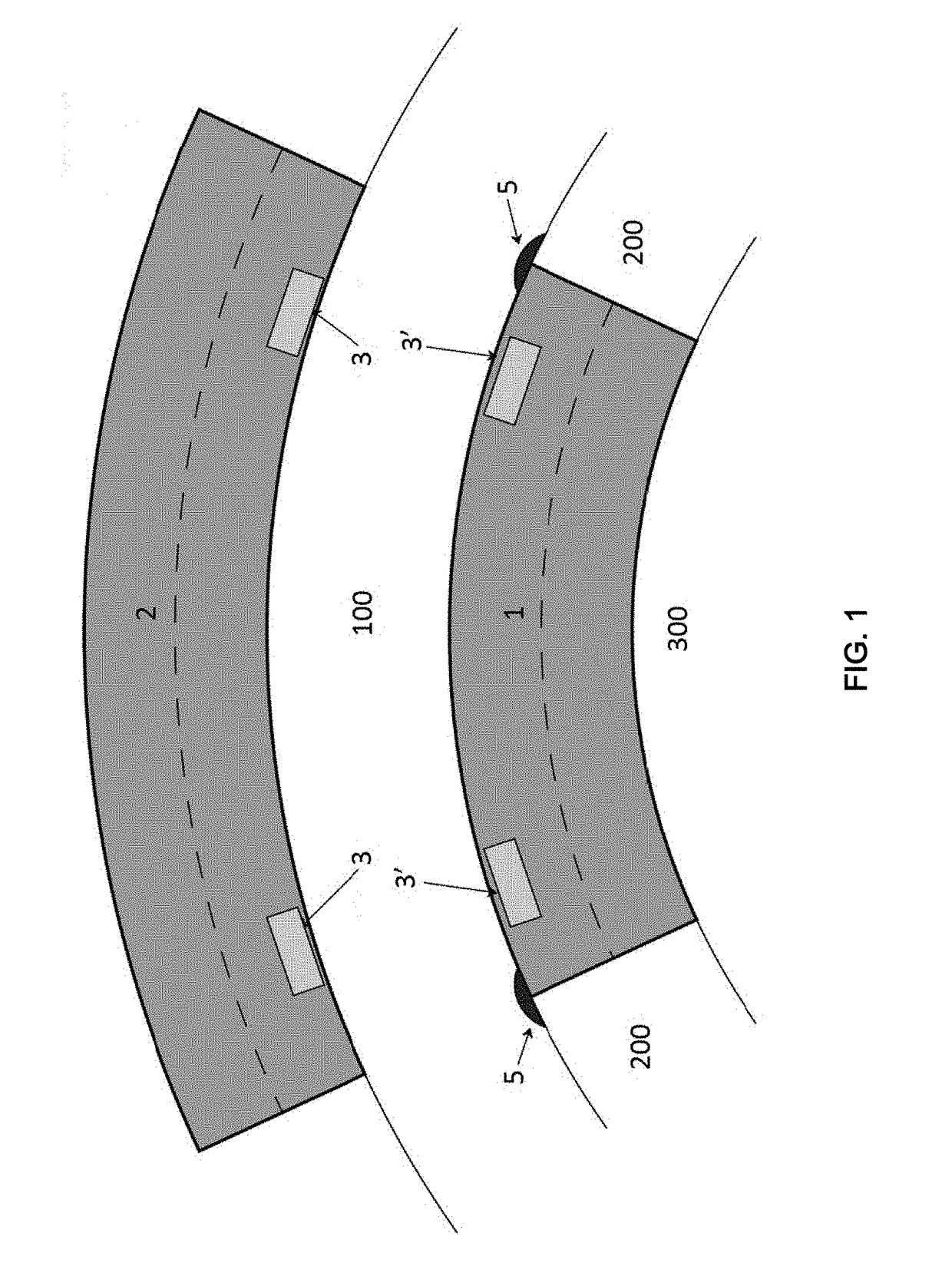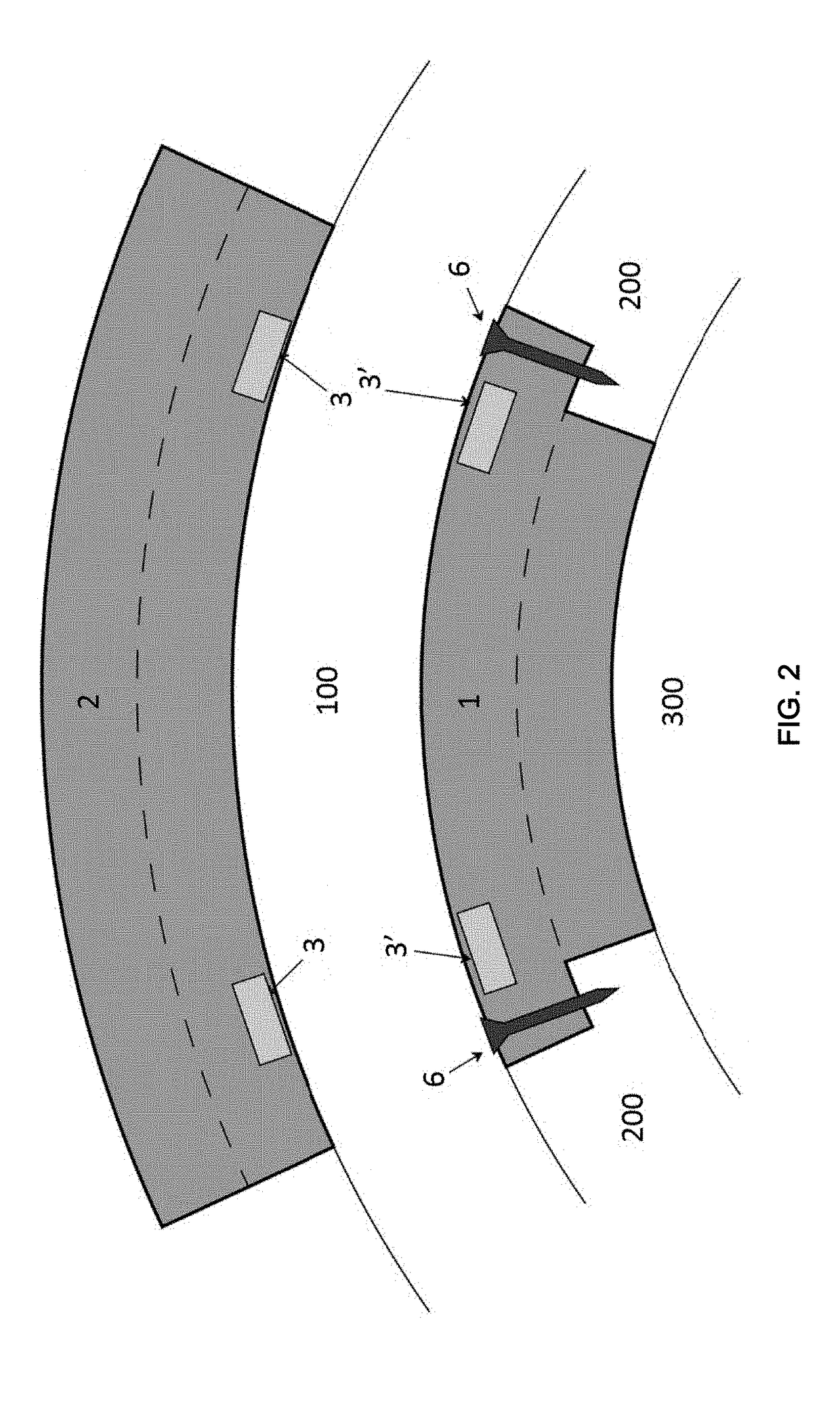System for Active Skull Replacement for Brain Interface and Method of Using the Same
a brain interface and active technology, applied in the field of medical devices, can solve the problems of increasing the risk of cerebrospinal fluid leakage, csf infection, reducing comfort and autonomy, etc., and achieves the effects of reducing or eliminating post-surgery complications, improving heat dissipation, and convenient fixing and removal
- Summary
- Abstract
- Description
- Claims
- Application Information
AI Technical Summary
Benefits of technology
Problems solved by technology
Method used
Image
Examples
Embodiment Construction
[0035]In general, a system comprising an implantable active device for implantation into an aperture formed in the skull of a subject is provided, and a method of using the same. The term “subject” as used herein refers to mammals. For example, mammals contemplated by the present invention include human, primates, domesticated animals such as cattle, sheep, pigs, horses, laboratory rodents and the like. The implant can have any suitable shape and in preferred embodiments it is substantially a parallelepiped having a flat appearance, with an upper surface and a bottom surface. The implant is construed to be implanted at least in part into the skull of a subject so to substitute a portion of said skull. Generally speaking, the implant is placed into a naturally present cranial aperture. due to congenital malformations, accidents and so forth, or an expressly created one, e.g. upon surgical removal of part of the skull. Implantation of said device into a cranial aperture may facilitate...
PUM
 Login to View More
Login to View More Abstract
Description
Claims
Application Information
 Login to View More
Login to View More - R&D
- Intellectual Property
- Life Sciences
- Materials
- Tech Scout
- Unparalleled Data Quality
- Higher Quality Content
- 60% Fewer Hallucinations
Browse by: Latest US Patents, China's latest patents, Technical Efficacy Thesaurus, Application Domain, Technology Topic, Popular Technical Reports.
© 2025 PatSnap. All rights reserved.Legal|Privacy policy|Modern Slavery Act Transparency Statement|Sitemap|About US| Contact US: help@patsnap.com



